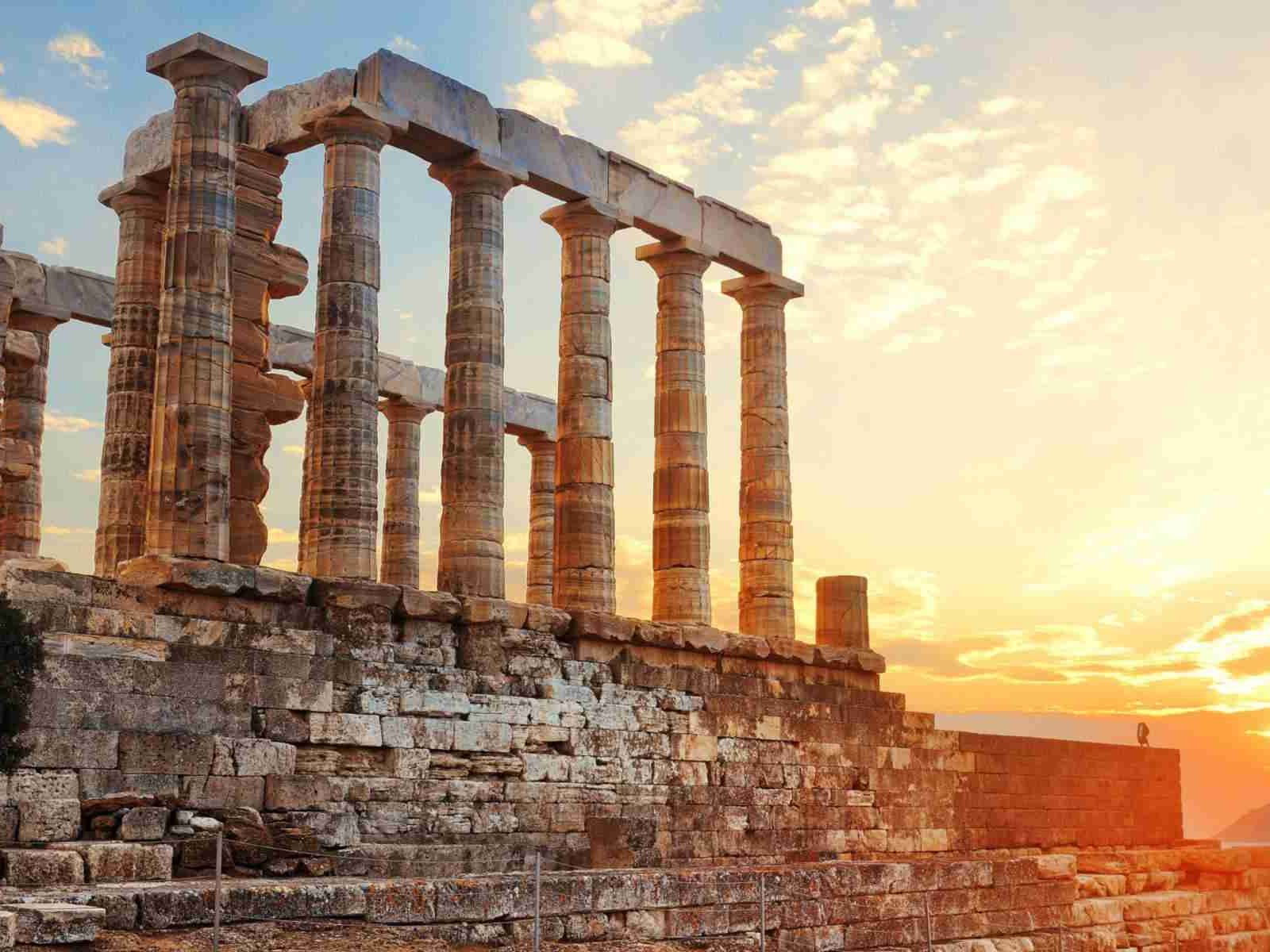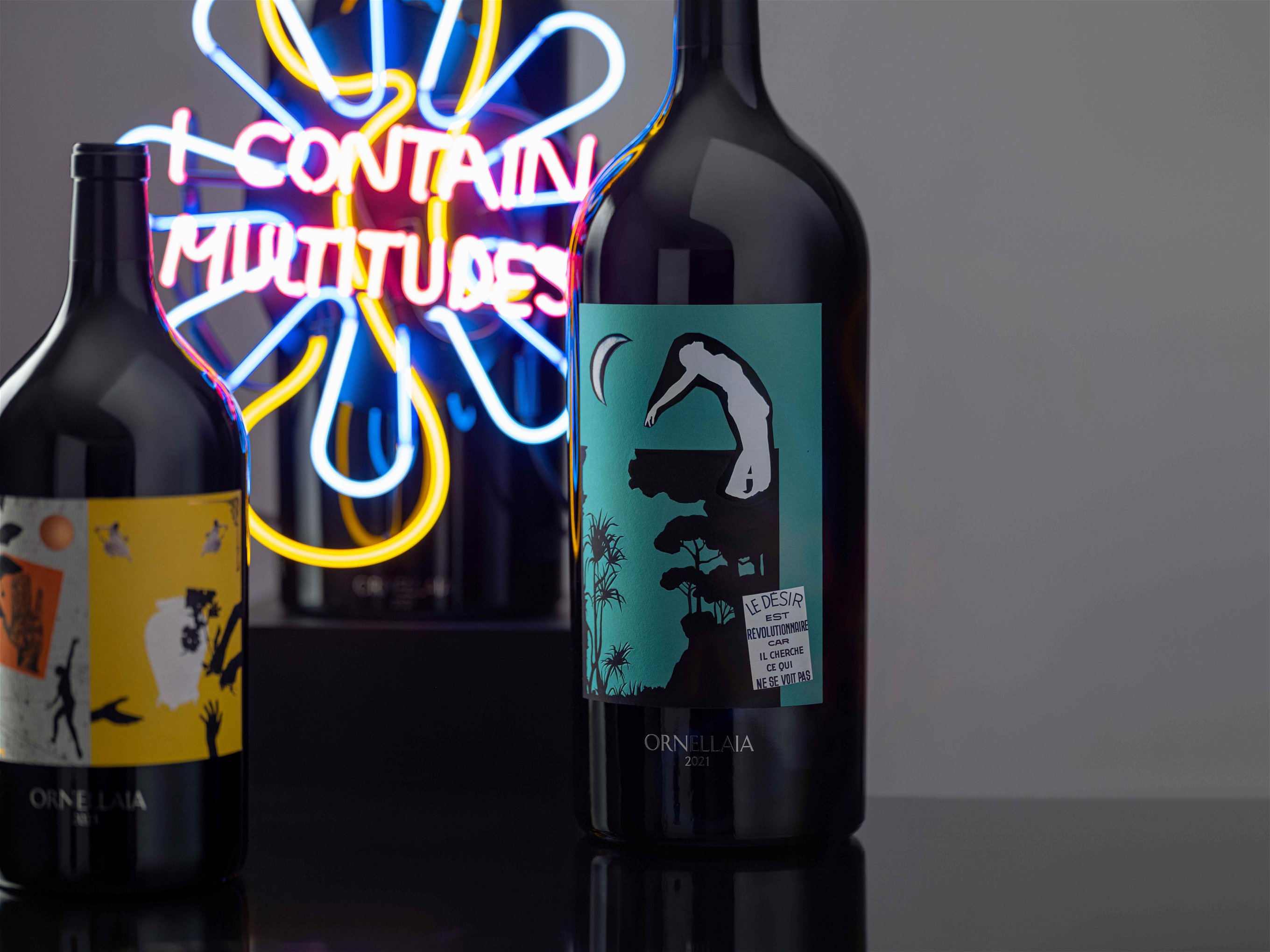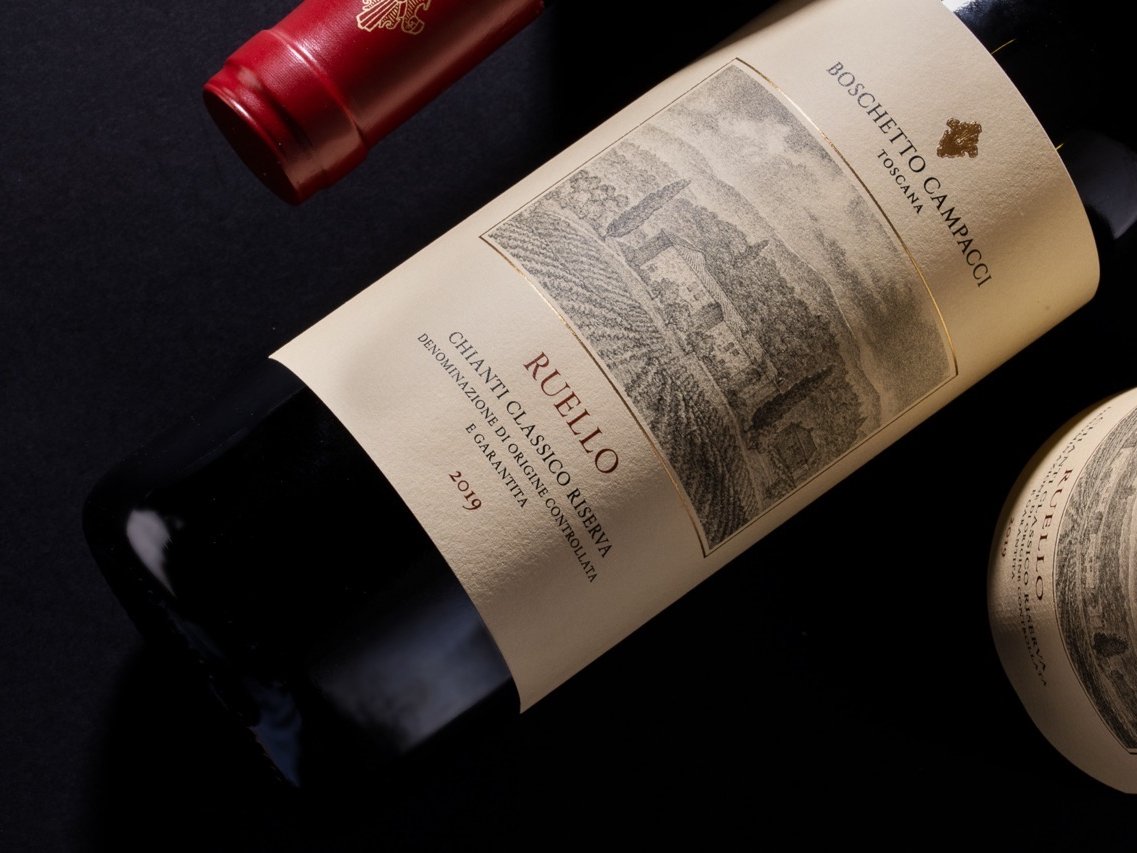Five Greek grape varieties you need to discover
Greece is home to a thrilling but unfamiliar array of native grapes. Don't stop at racy Assyrtiko and refined Xinomavro – here are five more varieties to extend your Greek adventure.
1. Agiorgitiko
Don’t be put off by some tricky pronunciation – Agiorgitiko (pronounce those “g”s as “y”s and you’re over halfway there) translates as St George. Its heartland is Nemea in the Peloponnese, home to the mythical Nemean Lion. Indeed, a local name for wine made from Agiorgitiko is “Hercules’ Blood” in reference to the hero who famously liberated this area from the terrifying beast.
But despite this legendary link, Agiorgitiko is prized less for its muscularity than a more delicate charm. Its bright, fresh red fruit, attractive aromas and refined tannins make this a versatile grape, capable of producing refreshing rosé, and attractively juicy young wines but also expressions with greater complexity and capacity to age.
Nemean producers Gaia Wines, Seméli Estate and Domaine Skouras are all energetically flying the flag for their local star, but Agiorgitiko’s qualities have also been recognised further afield. Ktima Pavlidis in Drama, northern Greece, makes an Agioritiko that is well worth seeking out.
2. Mavrodaphne
If you have a weakness for good Port, then Mavrodaphne is a variety that should be firmly on your radar. Translating as “black laurel”, its name offers a glimpse of this grape’s dark, intriguingly flavoured character.
A rich, pruney personality is balanced by more complex, savoury elements and tannic framework that are ideally suited to superior late harvest or fortified sweet styles. However, as with Port’s Douro region, several producers today are successfully channelling Mavrodaphne’s talents towards charismatic dry expressions too.
Begin your Mavrodaphne exploration in its two specialist appellations: Mavrodaphne of Patras and Mavrodaphne of Cephalonia. In the former, producer Kourtaki offers some lively, good value examples; meanwhile in the latter Domaine Foivos takes particular pride in Cephalonia’s wine heritage. The same producer has also achieved inspiring results with dry Mavrodaphne made in amphorae and even matured under the sea.
3. Roditis
Far from being a rarity, Roditis is the most extensively planted white variety in Greece. But such a prolific presence, especially in retsina and Greece’s cheapest wines, makes it all too easy to overlook the exceptional quality of which this pink-skinned grape is capable.
Some of the most exciting Roditis comes from old vines planted at high altitude, when the results often combine attractive aromatics with impressive, mineral-streaked freshness. This is a variety prone to considerable clonal variation, so look out in particular for the “foxy” Roditis Alepou, which is prized by many producers for its texture, an attribute especially prized in extended skin contact styles.
One winery with a strong Roditis focus is Tetramythos in Patras, which produces both classic and “orange” expressions. For an irresistibly fresh example look to Mercouri Estate on the western edge of the Peloponnese. Further north in Greek Macedonia, Domaine Tatsis is another high quality practitioner of extended skin contact Roditis, making wines full of character that demand food.
4. Savatiano
This is another prolific Greek variety capable of giving great pleasure and, in the right hands, considerable sophistication. Often blended historically with Roditis to make retsina, Savatiano is today increasingly likely to be behind some of Greece’s most crowd-pleasing white wines.
Fruity without being so strongly aromatic as compatriots such as Moschfilero, dry without the searing acidity of a variety like Assyrtiko, Savatiano is generally vinified without oak to enhance its freshness, although some producers like to build in extra complexity and texture with extended lees contact.
The main home of Savatiano is Attika, where Pappagianakos has been a major pioneer in realising this variety’s quality potential. Mylonas is another producer with a strong Savatiano focus, producing a range of both oaked and unoaked versions, including a late release expression to show its ability to age. Savatiano is also taken seriously by Aoton, whose rich yet refreshing, highly charismatic expression demands a long, lingering lunch.
5. Vidiano
Very much a variety on the rise, Vidiano is a Cretan grape whose recently recognised potential has seen plantings expand both on the island and a small but growing presence in northern Greece.
So what’s the fuss about? Vidiano is proving itself to be excitingly versatile, combining generous fruit with plenty of texture and attractive mineral element, all underpinned by the bright acidity that is such a trademark of so many top Greek wines. Plenty of producers are still experimenting with various oak options, orange wine and even sparkling styles to find out how to make the most of Vidiano’s talents.
Among the growing band of Cretan producers who offer exciting examples of Vidiano are Lyrarakis and Douloufakis, a major modern-day pioneer of this variety. In northern Greece, on the slopes of Mount Pangeon, Ktima Biblia Chora blends this newcomer with established star Assyrtiko. Keep it on your watch list.













